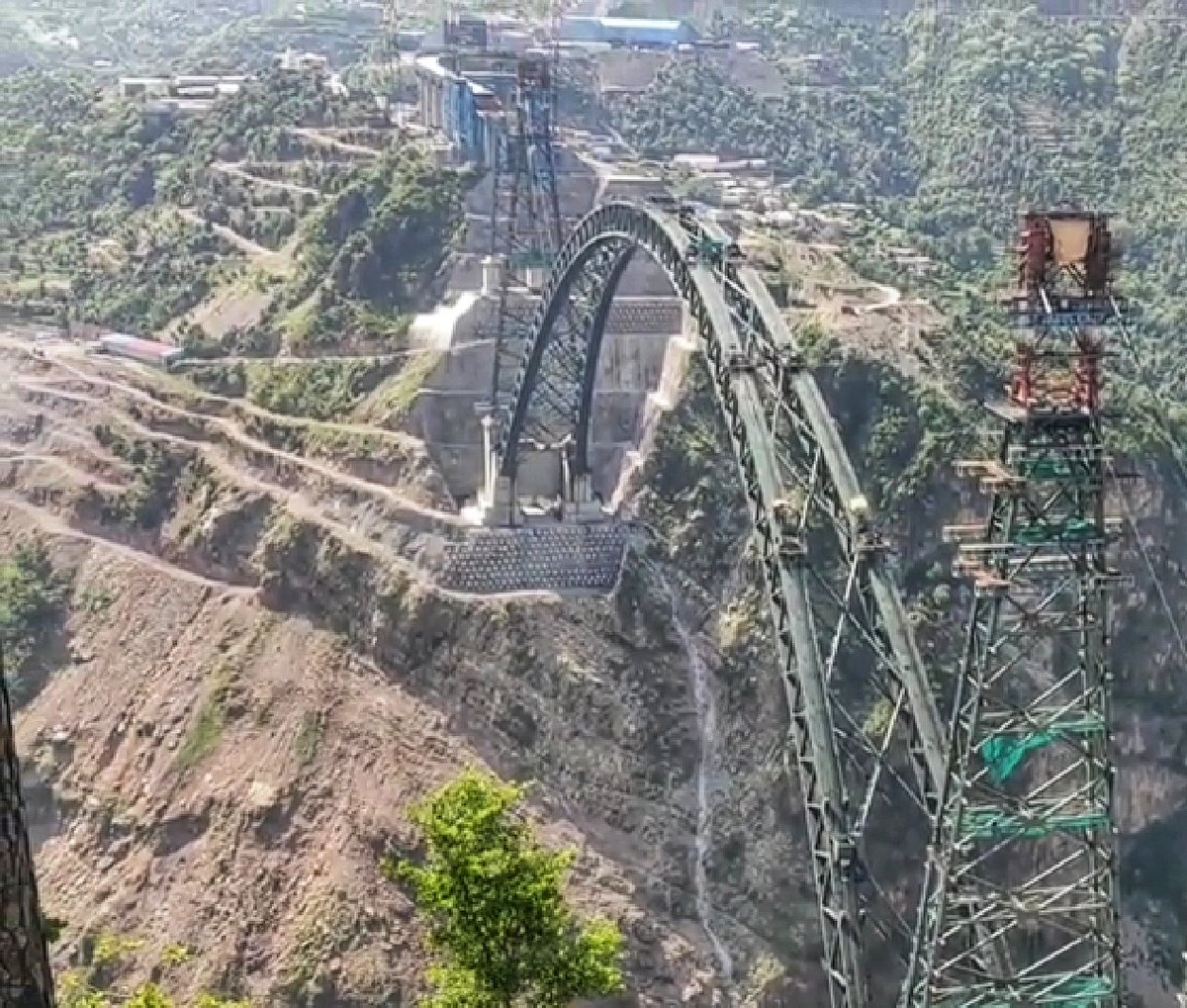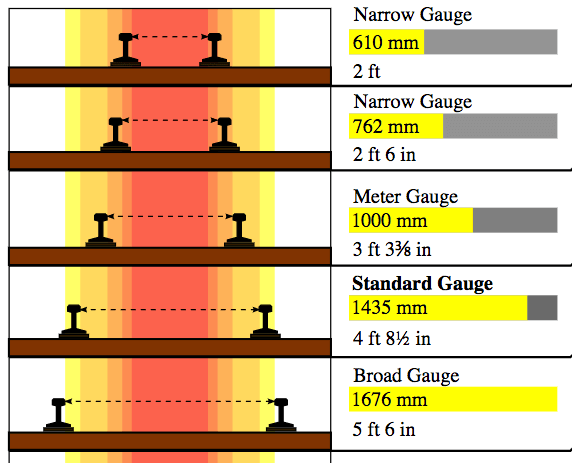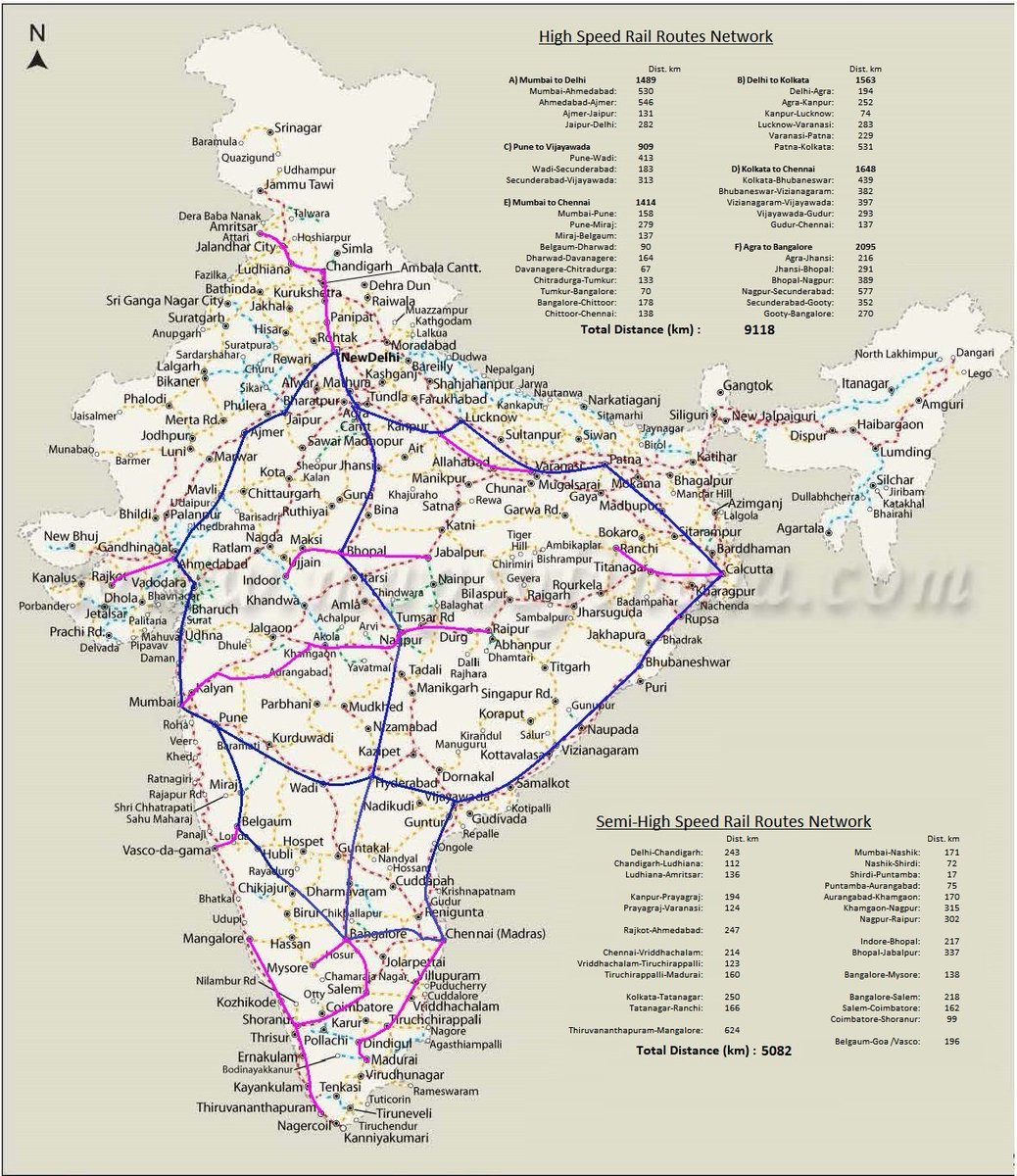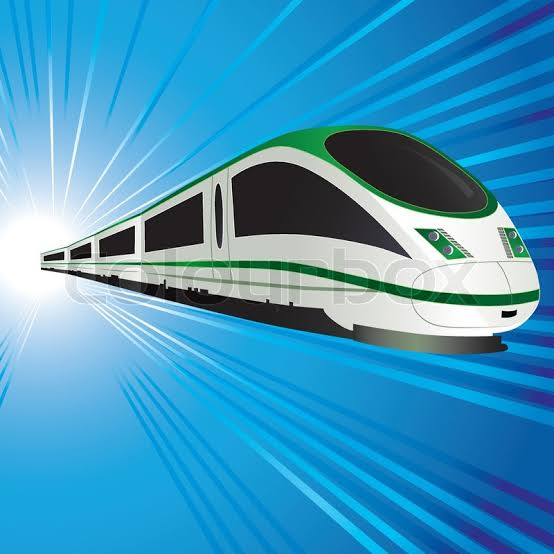My plan for upgradation and expansion of the Indian Railway network:
1. Build about 15,000 km of 200-250 kmph lines to cover the GQ and it's diagonals & link other major cities. About half of this will be by upgrading the existing lines and half as new lines. Total estimated..
1. Build about 15,000 km of 200-250 kmph lines to cover the GQ and it's diagonals & link other major cities. About half of this will be by upgrading the existing lines and half as new lines. Total estimated..
https://twitter.com/trains_are_best/status/1268914439266459653

...cost: About INR 5.0 lakh crore over a period of 7 to 10 yrs.
2. No more DFCs. Complete the ongoing Eastern and Western DFCs and use them (with some modifications) for carrying freight & slow passenger trains.
3. Drop all ongoing surveys and feasibility studies to build..
2. No more DFCs. Complete the ongoing Eastern and Western DFCs and use them (with some modifications) for carrying freight & slow passenger trains.
3. Drop all ongoing surveys and feasibility studies to build..

... Bullet Train lines. India does not need and will not be able to afford Bullet Train lines for at least next 15 yrs, by when improved technologies like Maglev are likely to be available for speed more than 250 kmph.
This plan also entails:
1. Massive upgradation of the...
This plan also entails:
1. Massive upgradation of the...
.... freight trains stock to run all freight trains on the 200-250 kmph lines at 100-160 kmph.
2. An Extensive plan to skill IR's manpower for the higher speed O&M.
3. Extensive indigenisation to manufacture new rolling stock for 200-250 kmph, including tilting trains.

2. An Extensive plan to skill IR's manpower for the higher speed O&M.
3. Extensive indigenisation to manufacture new rolling stock for 200-250 kmph, including tilting trains.


#IndianRailways #railways #railwayboard #Sustainable_Transport #RaisingSpeedonIndianRailway #railwayengineering #HighSpeed #iit #kerala 

In a democracy, it is essential that there be a open public debate on major public spending & projects.
But, in our country even mega projects that could have far reaching implications for the socioeconomic activities in the courtry are decided without any public participation..
But, in our country even mega projects that could have far reaching implications for the socioeconomic activities in the courtry are decided without any public participation..
https://twitter.com/oranjeandgrapes/status/1270229643963105282

... What should be happening is that before decision is taken by the Govt to implement a scheme or project, all important details of the scheme/plan/DPR should be made public so that the knowledgeable citizens, members of the civil society, and people and businesses likely to... 

...be affected by the plan/project can offer their views. The state and local governments should also be asked their views.
If this is done, the vast pool of knowledge, experience & information that might be available in the country can be effectively used for the public good.
If this is done, the vast pool of knowledge, experience & information that might be available in the country can be effectively used for the public good.

... Over the last 30 yrs, the major economies of the world, including China, have promoted rail transport by raising speed and adding lines to reduce travel by car and airplanes. This was necessary to reduce air pollution, carbon emissions and diversion of land.
But, in India..
But, in India..

.. rail transport has suffered with no increase in speed and severe capacity constraints.
India, with its extremely high population density, low per capita income and long distances can not afford to neglect rlys.
Just top 2 to 3% of the people in India can afford travel by...
India, with its extremely high population density, low per capita income and long distances can not afford to neglect rlys.
Just top 2 to 3% of the people in India can afford travel by...

...car or airplane. Rest have no option but the excruciatingly slow trains.
India is among countries with worst economic inequality. This will worsen if mobility of the vast majority continues to be compromised so badly...
India must engage in a healthy public debate on this.
India is among countries with worst economic inequality. This will worsen if mobility of the vast majority continues to be compromised so badly...
India must engage in a healthy public debate on this.

15,000 km of 200-250 kmph lines will cover the entire 9890 km of the GQ & 5,110 km additional lines to link to the GQ the cities such as Bangalore, Hyderabad, Madurai, Thiruvananthapuram, Mangalore, Indore, Guwahati, Amritsar, Dehradun, Varanasi, Ahmedabad, Jaipur, Patna, etc.
A few clarifications regarding terms used for high speed lines.
Globally following terms are used:
300-250 kmph: Dedicated High Speed Rail or just High Speed Rail
200-250 kmph: Classic High Speed Rail or Conventional High Speed Rail
160 to less than 200 kmph:Semi-High Speed
Globally following terms are used:
300-250 kmph: Dedicated High Speed Rail or just High Speed Rail
200-250 kmph: Classic High Speed Rail or Conventional High Speed Rail
160 to less than 200 kmph:Semi-High Speed
..In above, please read 300-250 kmph as 300-350 kmph: Globally following terms are used:
300-350 kmph: Dedicated High Speed Rail or just High Speed Rail
200-250 kmph: Classic High Speed Rail or Conventional High Speed Rail
160 kmph & above but < 200 kmph: Semi-High Speed
300-350 kmph: Dedicated High Speed Rail or just High Speed Rail
200-250 kmph: Classic High Speed Rail or Conventional High Speed Rail
160 kmph & above but < 200 kmph: Semi-High Speed
• • •
Missing some Tweet in this thread? You can try to
force a refresh

























